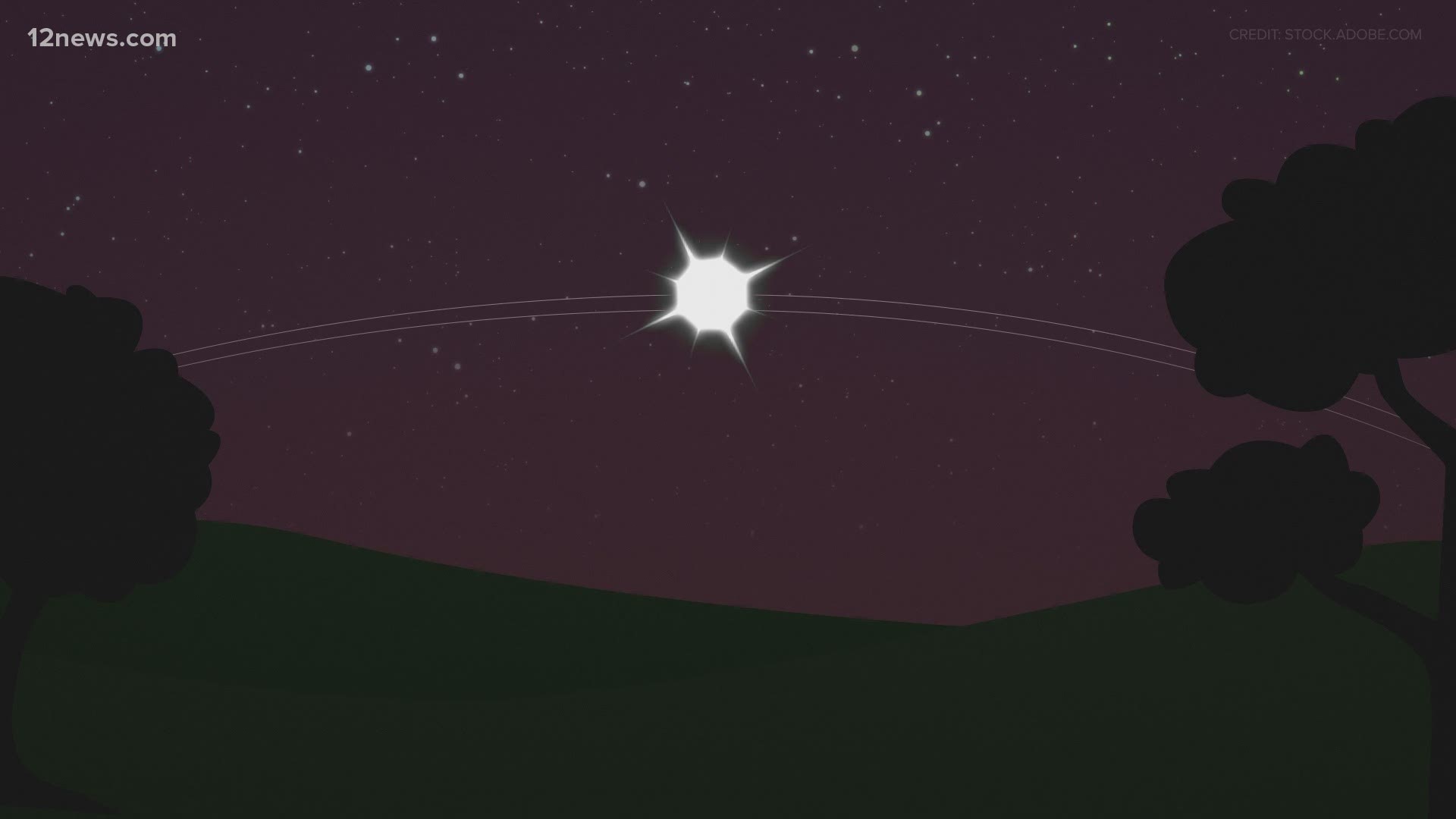PHOENIX - A team of researchers has paved the way to answer questions astrophysicists have long pondered, according to a release from Arizona State University.
The team, headed by ASU astronomer Judd Bowman, used a ground-based instrument called a radio spectrometer to gather evidence of some of the first stars in the universe.
The radio spectrometer works like a TV receiver or FM radio: Radio waves enter the antenna, are amplified by a receiver and then digitized and recorded by computer, according to the release.
The precisely calibrated instrument detected signs of primordial hydrogen gas, which filled the early universe. Scientists believe gravity pulled the densest regions of gas together until they collapsed to form stars.
The results of the study confirm general theoretical expectations of when the first stars formed, according to the release. Bowman said it’s unlikely that we’ll see any further back into the history of stars in our lifetimes.
As if that weren't enough, the observations revealed that gas in the universe was much colder than expected, less than half the expected temperature, researchers said.
This suggests that baryons (normal matter) may have slowly lost energy to dark matter in the early universe, an idea originally proposed by Rennan Barkana of Tel Aviv University.
If this idea is confirmed, then we’ve finally discovered something about the mysterious dark matter that makes up 85 percent of the universe.
Bowman called it “the first glimpse of physics beyond the standard model.” The standard model explains the nature and behavior of matter as being caused by two types of particles — quarks and leptons — being governed by three fundamental forces.
Along with Einstein's general theory of relativity, which describes how gravity works, the standard model is considered our current best guess at a grand unified theory of everything.
The next step, now that we know the signal exists, is to bring new telescopes to examine the signal more deeply, according to Bowman.


